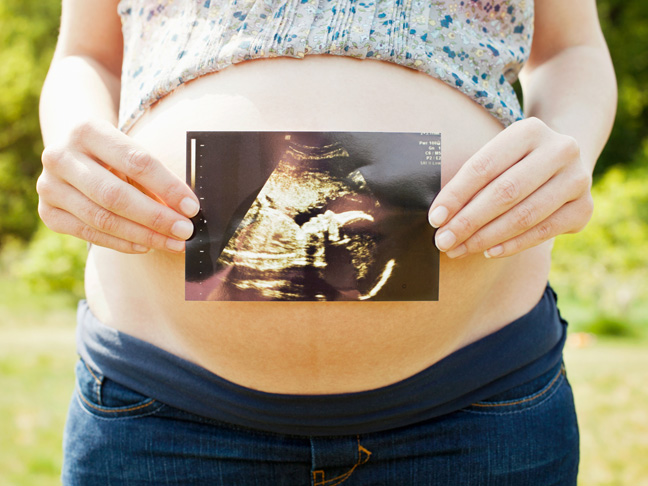What is the skull gender theory?
The skull gender theory, which is very popular on pregnancy message boards, is a way of trying to determine a baby’s gender by observing cranial differences that are based on forensic anthropological findings.
How do you do it?
In general, male skulls tend to be larger and more robust than female skulls. Using a clear profile image from an early ultrasound scan, see if you can get a good look at any of the following features:
- The top of the head is generally bigger and blockier in males, rounder and more tapered in females.
- The curved lines running along the temple are more prominent on males.
- The cheekbone under the eye ridge is more pronounced on males.
- The forehead slopes more on males and is more of a cliff-drop on females.
- The chin is rounder on females, more square on males.
- The eyebrow arch (or “monkey brow”) is slightly bolder on males and typically nonexistent on females.
Does it really work?
Sounds pretty concrete, but there’s another way of looking at it, according to
Steve Crawford, author of Old Wives Tales for New Mothers. “Old wives tales are not scientific fact, but they bring people together with one common experience.” So why not grab your ultrasound picture and a few friends and start guessing!More for Pregnant Moms:
Photo: Getty








